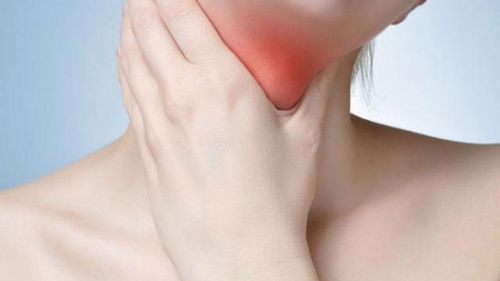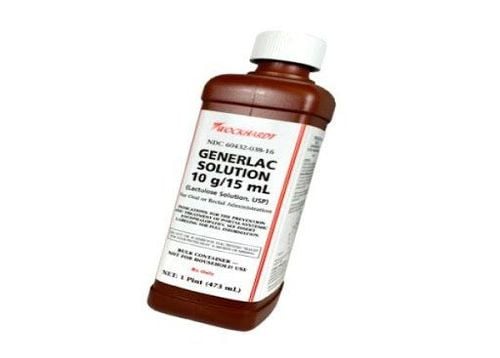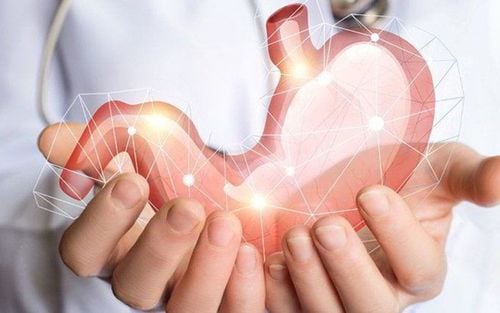This is an automatically translated article.
The article was professionally consulted by MSc Vu Tan Phuc - Gastroenterologist - Department of Medical Examination & Internal Medicine, Vinmec Phu Quoc International General Hospital.Esophageal varices are a serious complication of cirrhosis. According to statistics, for every 100 cirrhosis patients, there are 50 people with esophageal varices syndrome, the risk of death of the disease can be up to 40-70%.
1. Esophageal varices
Esophageal varices are complications of portal hypertension, enlarged veins in the lower part of the esophagus, the tube that connects the throat and stomach. Most patients find this condition due to symptoms of gastrointestinal bleeding, vomiting blood. If not treated promptly, the patient can die.Esophageal varices occur most often in people with severe liver disease. Esophageal varices develop when normal blood flow to the liver is blocked by a blood clot or scarring in the liver.
To overcome the blockage, blood flows into smaller blood vessels (which are not designed to circulate such large volumes of blood). From there, blood vessels can leak or even dilate, burst, causing bleeding and being life-threatening. Once bleeding has occurred, the risk of subsequent bleeding is significantly increased. If too much blood is lost, the patient can go into shock and at risk of death.
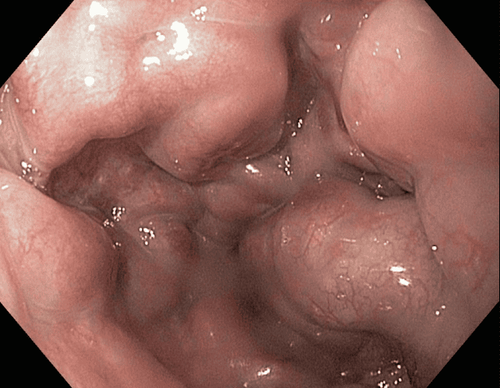
2. Causes of esophageal varices
The following are the causes of esophageal varices syndrome:Severe cirrhosis, decompensated cirrhosis, some liver diseases including: Hepatitis, alcoholic liver disease, fatty liver disease and cholestatic cirrhosis. This is the most common cause of esophageal varices. A blood clot (thrombus) in the portal vein or a vein that drains into the portal vein (splenic vein) can cause esophageal varices. A parasitic infection can damage the liver, lungs, intestines, and bladder.
3. Esophageal varices due to cirrhosis
In recent years, the incidence of esophageal varices due to cirrhosis has increased. Over the past few decades, each year the number of cirrhosis patients with the risk of varicose veins has increased from about 5 to 15%.When developed to a serious extent, esophageal varices can cause bleeding, even death in all subjects. For patients without cirrhosis, the risk of varicose veins is about 5-10%, in contrast to patients with cirrhosis, this rate is up to 40-70% depending on the severity of the disease.
In fact, varicose veins due to cirrhosis do not cause any characteristic symptoms, except in the case of broken capillaries. Therefore, once diagnosed with cirrhosis, the patient will be recommended by the doctor to apply methods to prevent esophageal varices.
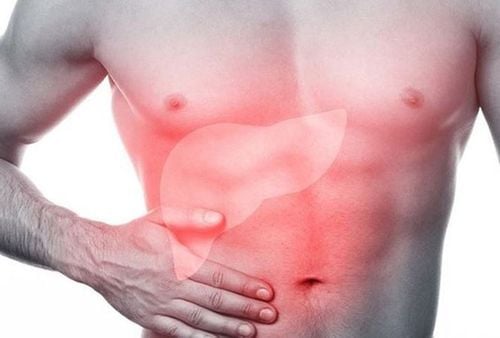
4. Preventing the risk of varicose veins due to cirrhosis
Cirrhosis is a disease that cannot be completely cured, so the doctor's main measure is to limit cirrhosis of the liver. This helps to improve the condition of the liver as well as prevent complications, especially esophageal varices.To prevent esophageal varices due to cirrhosis, in addition to regular check-ups and medication use as prescribed by the doctor, patients need to maintain a scientific and healthy lifestyle:
Should limit the following items alcoholic beverages such as alcohol because these are drinks harmful to the liver Eat healthy, apply a diet suitable for people with cirrhosis such as eating lots of fruits and vegetables, limiting fat and salt,. Should regularly monitor to maintain weight and regularly exercise to improve physical fitness.
Please dial HOTLINE for more information or register for an appointment HERE. Download MyVinmec app to make appointments faster and to manage your bookings easily.







